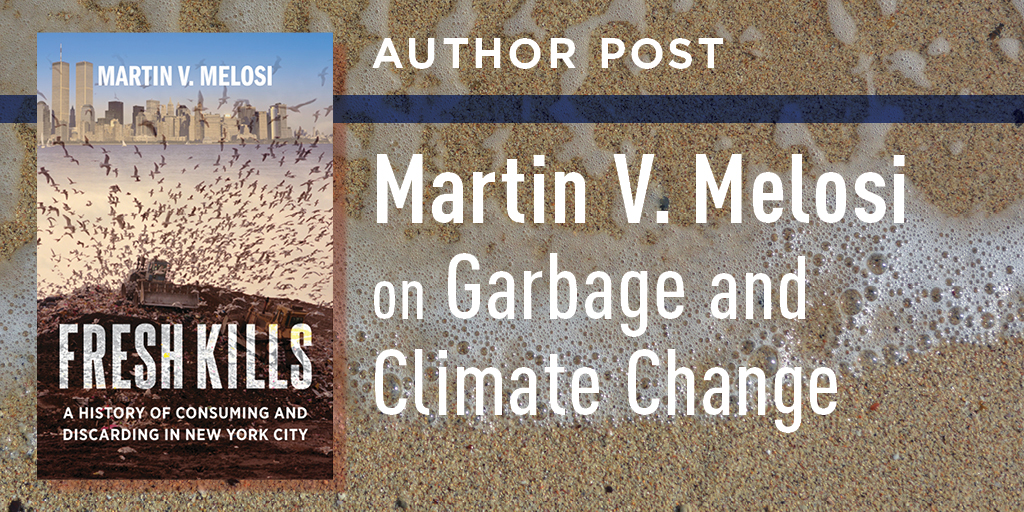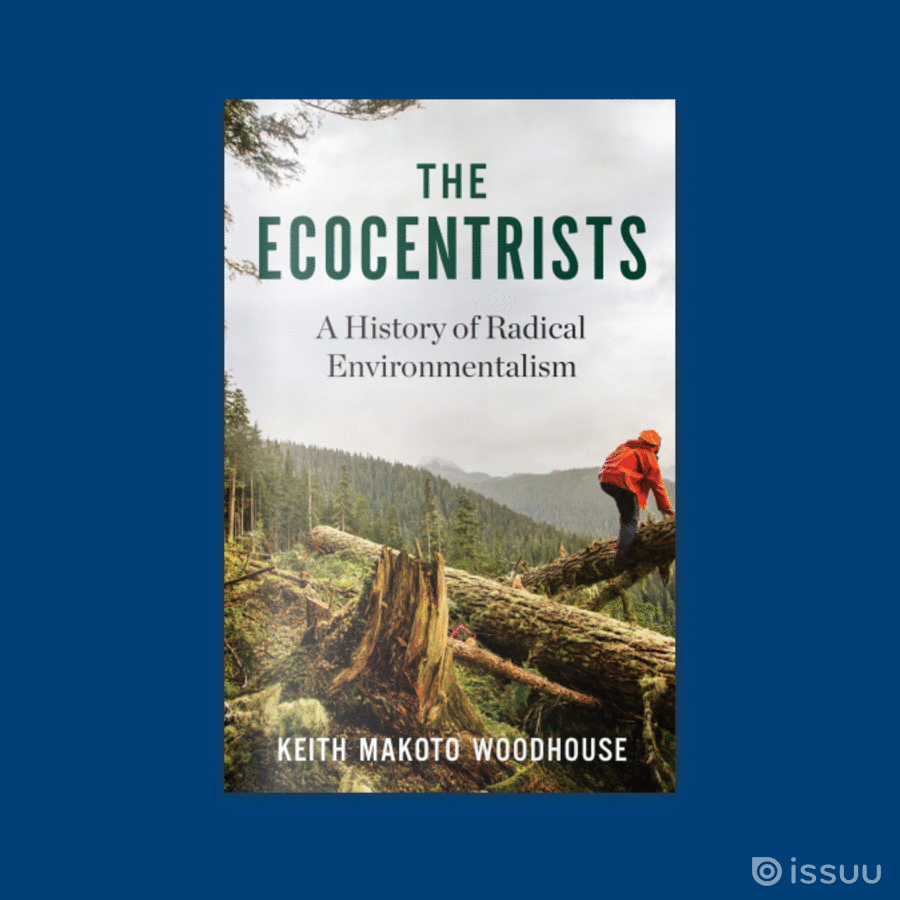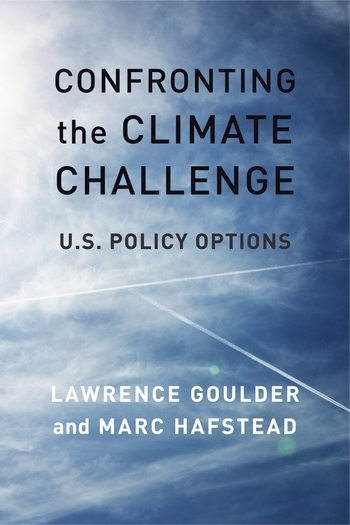Martin V. Melosi on Garbage and Climate Change

“Fresh Kills frames Staten Island’s iconic landfill as not just a repository for solid waste but also a monument to consumer culture. This is an immensely readable and valuable book by a distinguished scholar of environmental history.”
~Michael Rawson, author of Eden on the Charles: The Making of Boston
Today’s guest post comes to us from Martin V. Melosi, author of Fresh Kills: A History of Consuming and Discarding in New York City. The first book on the history of the iconic landfill, it unites environmental, political, and cultural history to offer a reflection on material culture, consumer practices, and perceptions of value and worthlessness.
• • • • • •
This summer and early fall, at least forty major fires and several smaller ones are ravaging Washington, Oregon, and California. As of September 17, at least thirty-five people have died. In California alone, more than 17,000 firefighters are battling 35 fires with more than 3.3 million acres destroyed across the state.
The environmental historian Char Miller tells us that there are several reasons for this hellish disaster. The West has been drying out for forty years, producing massive amounts of fuel for the fires, and too many people have built homes in fire-prone areas. Fire expert Stephen Pyne argues that while climate change is not enough by itself to account for the fires, it “acts as a performance enhancer.”
“In 2017, Hurricane Harvey produced so much rain that the upper bounds in rainfall maps had to be extended.”
The same is true for hurricanes like Laura and Sally that have recently battered the Gulf Coast. In this busy Atlantic hurricane season, the National Weather Service ran out of names by the middle of September and turned to the Greek alphabet to name storms. Like with the West Coast fires, these Atlantic storms are becoming bigger and more frequent, resulting in multiple billion-dollar catastrophes. The Union of Concerned Scientists and others tell us that as the global climate continues to warm and humidify the oceans, the average intensity of tropical storms and hurricanes increases. This means higher windspeeds and greater precipitation rates. The warming also means melting ice caps and rising sea levels, which create more powerful storm surges that can penetrate farther inland. The largest hurricane on record, Superstorm Sandy, which made landfall in October 2012, was one thousand miles wide. In 2017, Hurricane Harvey produced so much rain that the upper bounds in rainfall maps had to be extended.
The climate change debate is dominated by wildfires, hurricanes, melting polar ice, and excessive dependence on fossil fuels. Rarely do we discuss solid waste—but we should. Our consumption of goods and space is part of the climate change equation. “We consume to live; yet we also consume to do much more than just live,” state the social scientists Jeff Hearn and Sasha Roseneil in their book Consuming Cultures. “Consumption is one of the basic ways in which society is structured and organized, usually unequally, sometimes incredibly so.”
“Our consumption of goods and space is part of the climate change equation.”
With the arrival of the Industrial Revolution, consumption was spurred on by the development of extractive and production systems, long-distance transporting of goods, and the massive discarding of what was not used. Every step of this process created some form of pollution. Until about the 1870s, most Americans were not yet wide-ranging consumers. Instead they spent most of what they earned on food, clothing, and housing. By the late nineteenth century, however, a new consumer society had emerged, one the average person aspired to—if not always achieved: upward mobility. Among the growing middle class especially is where the new consumerism was most obvious. Industrial capitalism ramped up the mass production of goods and expedited mass consumption. Assembly-line factory production increased worker productivity, made consumer goods affordable to many workers, and created a consumer revolution. In the twentieth century, consumerism was further encouraged by the new business of mass advertising.
The home was not the only “consumption space.” New goods and services became available at an array of major consumption sites, such as restaurants, parks, festivals, sports arenas, art galleries, and cultural centers. Later, cinema complexes, shopping malls, and theme parks were added to the list. Aside from offering entertainment, social interaction, and just plain fun, these consumption spaces became important mechanisms for accessing more and different kinds of products.
“Fresh Kills Landfill, which is the centerpiece of my book, is a dramatic example of consumption gone wild.”
While the discards of nineteenth-century consumption were largely food wastes, wood and coal ash, rubbish, and horse manure, the more recent waste stream includes a mix of hard-to-replace and recyclable materials as well as a variety of toxic substances. Of all contemporary discards, paper, plastics, and aluminum have increased most rapidly. The collection of these wastes is more difficult not just because of the sheer volume and composition of discarded materials, but also because of large, growing populations and the greater territory sanitation workers are required to cover.
Fresh Kills Landfill, which is the centerpiece of my book, is a dramatic example of consumption gone wild. Stupendous amounts of discards from New York City were dumped there. Sites like Fresh Kills are spaces within spaces, trash footprints, and areas of waste displacement. The landfill consumed huge tracts of land, replacing salt marshes and other parts of the natural environment with a human-made facility. The landfill and consumption were closely related, but pollutants like methane gas also had a direct bearing on greenhouse gas emissions. In the broadest sense, consumption—and its depositories for waste—fostered more and more demand for more and more products and services. The acquisition and use of material goods took its place in society above possible environmental interventions.
“The landfill and consumption were closely related, but pollutants like methane gas also had a direct bearing on greenhouse gas emissions.”
By the turn of the twenty-first century, the environmental toll was apparent. The rise of mass consumption and its waste stream have brought forward new ways of thinking. The “Zero Waste” philosophy takes a “whole system” approach to the flow of resources and waste. One description, provided by Zero Waste USA, is that it “maximizes recycling, minimizes waste, reduces consumption, and ensures that products are made to be reused, repaired, or recycled back into nature of the marketplace.” For decades, public and private collection and disposal programs had focused on finding effective means of dealing with discards. These “end-of-the-pipe” solutions pay little attention to how waste is generated on the front end. However, Zero Waste puts substantial pressure on producers of goods as well as on consumers. The proactive objective of Zero Waste disrupts historic practices, questions how and why products were manufactured and marketed, and envisions a much broader conception of reuse and recycling than before.
Zero Waste is controversial. Some argue that reducing, reusing, and recycling materials is itself a climate change strategy to reduce greenhouse-gas emissions. The Environmental Protection Agency estimates that 42 percent of all greenhouse-gas emissions are caused by the production and use of goods, including food products and packaging. Many cities over the last two decades have debated the problem of waste generation, but only a few made strides in justifying, promoting, or implementing Zero Waste programs.
“However, Zero Waste puts substantial pressure on producers of goods as well as on consumers.”
New York mayor Bill de Blasio’s administration sought to incorporate Zero Waste into its waste disposal program. The NYC Department of Sanitation’s 2016 Strategic Plan offers a blueprint for implementing a Zero Waste approach. The city beefed up its curbside recycling program and developed a dual-stream recycling plan (collecting fiber products separate from other comingled material), but these new approaches have stalled. Increasing recycling rates by 2030 has also become unrealistic. After Fresh Kills closed in 2001, the city began shipping the bulk of its refuse out of state. But this only displaces the problem. Shipping refuse by truck or train generates greenhouse gases and simply outsources Fresh Kills’ pollution problems to landfills and incinerators outside of New York.
Today, we understand the correlation between solid waste and climate change. But solutions—as in the case of intensified wildfires and more powerful hurricanes—are still very difficult to come by.
Fresh Kills is one of the many books we’re featuring during the Brooklyn Book Festival Virtual Fest. Browse our featured titles and save 20% with coupon code BKBF20!




